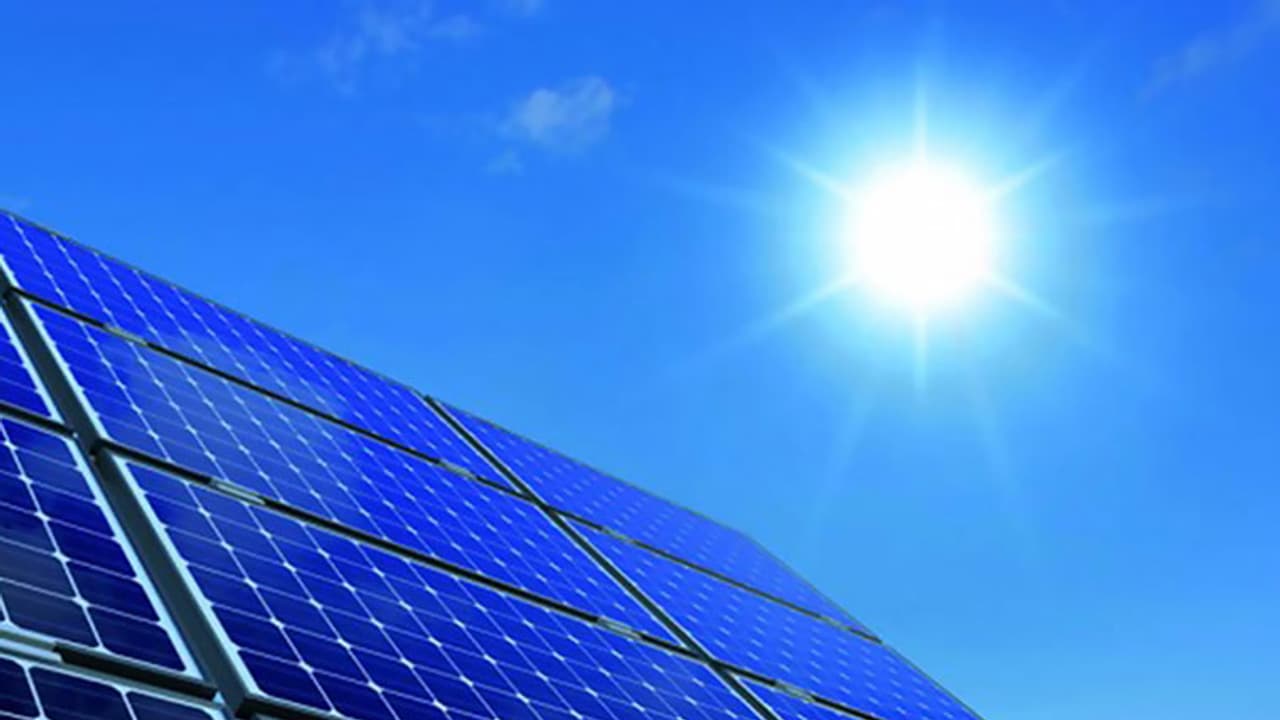India ranks third among 40 countries in EY’s Renewable Energy Country Attractiveness Index Government should see to it that use of renewable energy solutions should be widely promoted

It is a given fact that natural resources in the world are fast depleting, the environment is going through rapid changes - rather a downward spiral. While Saudi Arabia has its oil reserves, for the first time India can boast of being one of the leaders in the field of energy.
We have more to be proud of. Did you know? India ranks third among 40 countries in EY’s Renewable Energy Country Attractiveness Index, due to the strong focus by the government on promoting renewable energy and implementation of projects in a time-bound manner.
According to a UN report, India’s plan to ramp up solar power generation to 100 GW by 2022 is among the largest in the world. It will help bring sustainable, clean, climate-friendly electricity to the Indian population. The World Bank Group is helping India deliver on its plans with more than $1 billion in lending over FY 2017. This is the Bank’s largest-ever support for solar power in any country.

The future for solar and renewable energy is looking good in India.In fact, at the historic COP21 climate conference in Paris, Prime Minister Narendra Modi said, “The world must turn to (the) sun to power our future. As the developing world lifts billions of people into prosperity, our hope for a sustainable planet rests on a bold, global initiative.”
Like Modi has made it ‘Digital India for all’ he also seeks to give ‘Power for all’. With this commitment alone we can see how India is poised to take on the world of renewable energy. However, within the India, the sector needs adequate encouragement.

2017 begins with a huge boost for the growth of renewable energy in the country. India will soon be building a pipeline of around 14 GW of utility scale projects, out of which 7.7 GW is expected to be commissioned in this year. According to Market research firm Bridge to India this development combined with 1.1 GW of expected rooftop solar capacity, India should add a total of 8.8 GW in 2017, ranking it amongst the top three global markets after China and the USA. Naturally, with such a target set, adequate incentives and finance will be needed to make solar energy a considered alternative option.
For this Budget 2017, a scale-up in the Budgetary allowance is definitely a need of the hour. With an ambitious target of taking on the world powers, certain infrastructural changes have to be introduced. Already, the Ministry of Power has sought concessions for under-construction hydel projects in the upcoming Union Budget for 2017-18. This includes the clubbing of these projects under the ‘renewable energy’ category, alongside solar and wind projects, which entitles these projects to sharply lower tax rates.

The government should see to it that use of renewable energy solutions should be available to the people. If India is to build an energy infrastructure in tune with its powerful ambitions, then we must seriously consider infrastructure using natural gas, hydropower and nuclear energy. In villages where electricity is scarce solar energy should be promoted as the ultimate means and that too should be made available at minimum costs, reducing our dependence conventional means of power. Not just that, already we see the metros harnessing the power of the sun for various household and industrial purposes, this should be spread on a larger scale where it becomes an economically viable option.
Apart from that the government should consider creation of the green banks and green bonds, as suggested by the Indian Renewable Energy Development Agency in partnership with the Council on Energy, Environment and Water and the Natural Resources Defense Council. Since, the finance part has not been adequate to meet the needs of the energy developers.
People will also fall in line when they see they are being incentivised for good practices. Tax incentives for reduction in the usage of energy and tax rebates for the purchase of energy-efficient appliances or installing such equipment in households, residential buildings and commercial firms should be actively encouraged. A road map further needs to be detailed as to where the finance is coming from and which sectors it should pumped in.
